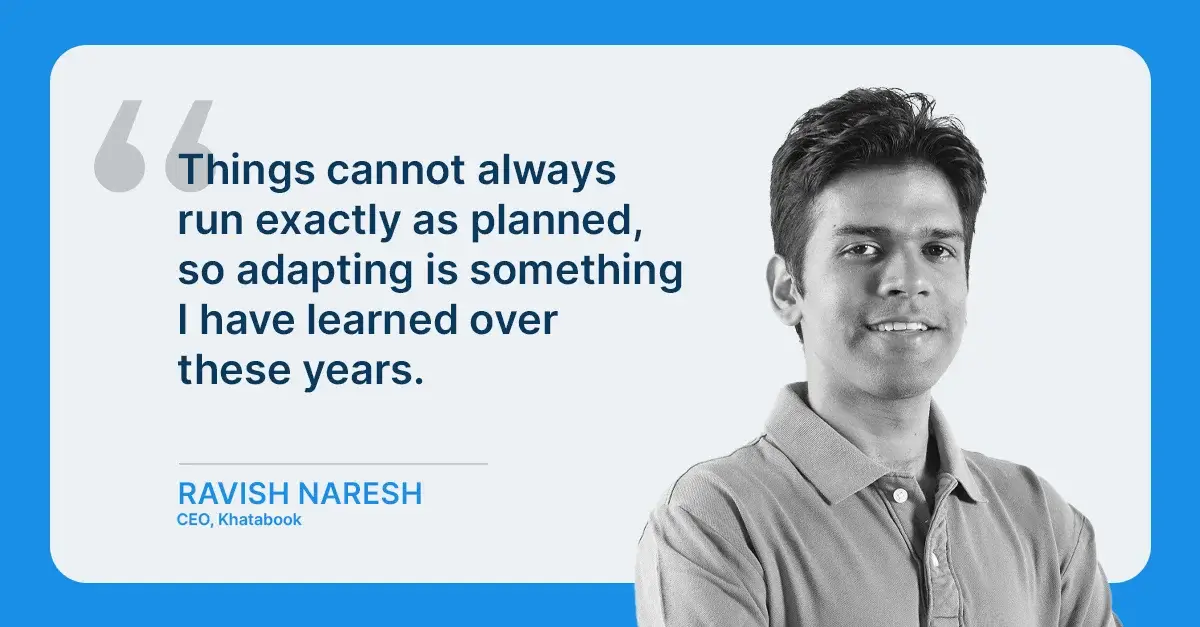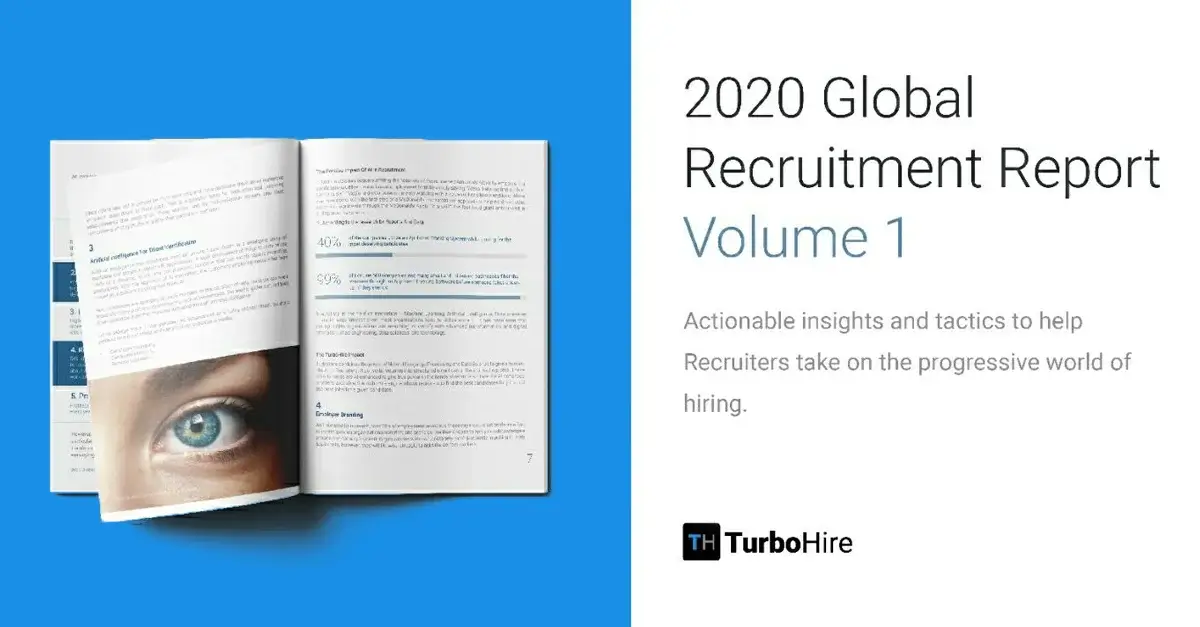What is Cost Per Hire?
One of the most important and commonly used metrics to measure a company’s ROI and quality of hire is the Cost Per Hire. It represents the overall cost required to hire a single representative during a hiring cycle.
The formula that describes the Cost Per Hire (CPH) goes as:
Cost Per Hire = (Internal Hiring Cost + External Hiring Cost) / (Total number of hires made)
Calculating the CPH during hiring will help your company determine the investments and expenses that are working towards improving your selection process and identify the bottlenecks in the process. It helps make the hiring process more effective and efficient by optimizing your resources.
5 Factors Influencing Cost Per Hire
1. Industry
Companies that fall under a single industry mostly have common demographics, work constraints, demands, market standards, etc. These factors influence the cost per hire of a company. Hence, CPH usually varies from industry to industry. CPH of the same number of candidates can be high for one industry and can be moderate to normal for another at the same time. For instance, the CPH for a company based on finance could be higher than the CPH for an IT company.
2. Location
The cost per hire of an organization is directly dependent on the location of the company. In a situation where a company is situated in a three-tier city, they will have access to more candidates for a single job position. This has a direct effect on the cost of hire of the company.
A company that has a limited number of applicants applying for an open position will have to bear more expenses during hiring.
3. Company Size
Larger organizations often have more resources available to them. This gives them an advantage over the cost of hire. A company with a bigger workforce has a better CPH than a company with a smaller number of employees.
Small companies do not invest much in their hiring process making the cost per hire more expensive. A predefined budget for hiring is what misses from their recruitment process.
An efficient hiring process can result in lesser time to fill, hence, reducing the cost of hire of the overall recruitment process.
4. Job Type
The cost of hiring also depends on the kind of position or role the company is hiring for. Some positions require companies to invest in the hiring process while others do not.
For instance, higher-level positions require more time to fill as determining a candidate for a higher role requires more cost and effort. For a role that has a wider candidate pool to choose from, the cost of hire reduces.
5. Recruitment Process
The kind of recruitment process or hiring process a company is following is an important influential factor in determining the cost per hire during the process. A well-defined recruitment process will have a pre-determined hiring budget letting the company spend less during hiring.
A hiring process that has multiple levels of screening and interviewing stages will contribute to a higher cost per hire. Hence, it is necessary to have an efficient hiring process that requires as little time as possible while fulfilling the requirements of the company.
What is Time to Hire?
The time to hire a candidate is calculated from the time his or her application is submitted to the time when they get officially hired by the company. It is calculated as the total time required by a company to complete the hiring process for a single candidate.
Time to Hire depends greatly on the efficiency of the hiring process. If the hiring process is very long and complicated, the time-to-hire increases. The steps involved in the process like sourcing, screening must be done in the most efficient way possible to gain a low time-to-hire ratio. This will also ensure candidate satisfaction as candidates often like a short hiring process.
4 Factors Influencing Time To Hire
1. Steps involved in the hiring process
The steps and phases involved in the hiring process such as sourcing, screening, interviewing, assessments, onboarding all contribute towards the time to hire metric. If your company’s screening process is taking too long to assess a wide pool of candidates, then your time to hire per candidate automatically increases.
This problem can be solved by making most of the steps involved in the process automated requiring as less as human labor as possible. Getting the help of an ATS and an AI-based recruitment strategy can speed up the process exponentially.
2. Quality of Candidates
Assessing a pool of candidates that are qualified as per the job requirements requires less time as compared to assessing candidates that are very poorly qualified. This is why focusing on sourcing qualified candidates is necessary.
One way to ensure good quality candidates is having a well-defined job description that determines all your requirements to avoid unqualified candidates from applying. Removing the unqualified candidates at the very beginning of the screening process by automated means can also speed up the hiring process.
3. Kind of Job / Industry Type
Some jobs require more time to fill while others get filled quickly. This depends specifically on the kind of job and the industry in which it is contained.
Jobs in the IT industry usually have a wider pool of candidates, hence, recruiters find it easy to fill them up. Jobs in the architecture industry, for instance, do not receive a lot of candidates, therefore, it can sometimes get hard to fill these openings requiring more time to hire.
4. Candidate Assessment Methods
Having an assessment method that efficiently screens out good candidates from bad candidates can highly reduce your time to hire per candidate. Long assessments and having several assessments can lengthen your hiring process unnecessarily as well as waste time for candidates resulting in delivering a poor candidate experience.
Try to have as few assessments as possible that are strategically planned to select the best candidates as per the job requirements. Automated assessments such as gamified candidate assessments can reduce your time to hire as well as improve candidate experience.
Summing Up
Recruiters and hiring experts are always looking for ways to improve their hiring process by making it more efficient and cost-effective for the company. Now that you have an idea about the factors influencing the cost of hire and time-to-hire, you can make informed decisions about your hiring and recruitment process keeping these metrics in mind.
Time-to-hire and Cost per hire are related as well. Having a low time to hire metric automatically reduces your cost per hire. A quick hiring process often turns out to be beneficial in various ways. For more tips on how to improve these metrics to further enhance your recruitment process, check out the blog: How to Reduce Cost per Hire and Time to Hire in Recruitment.








































